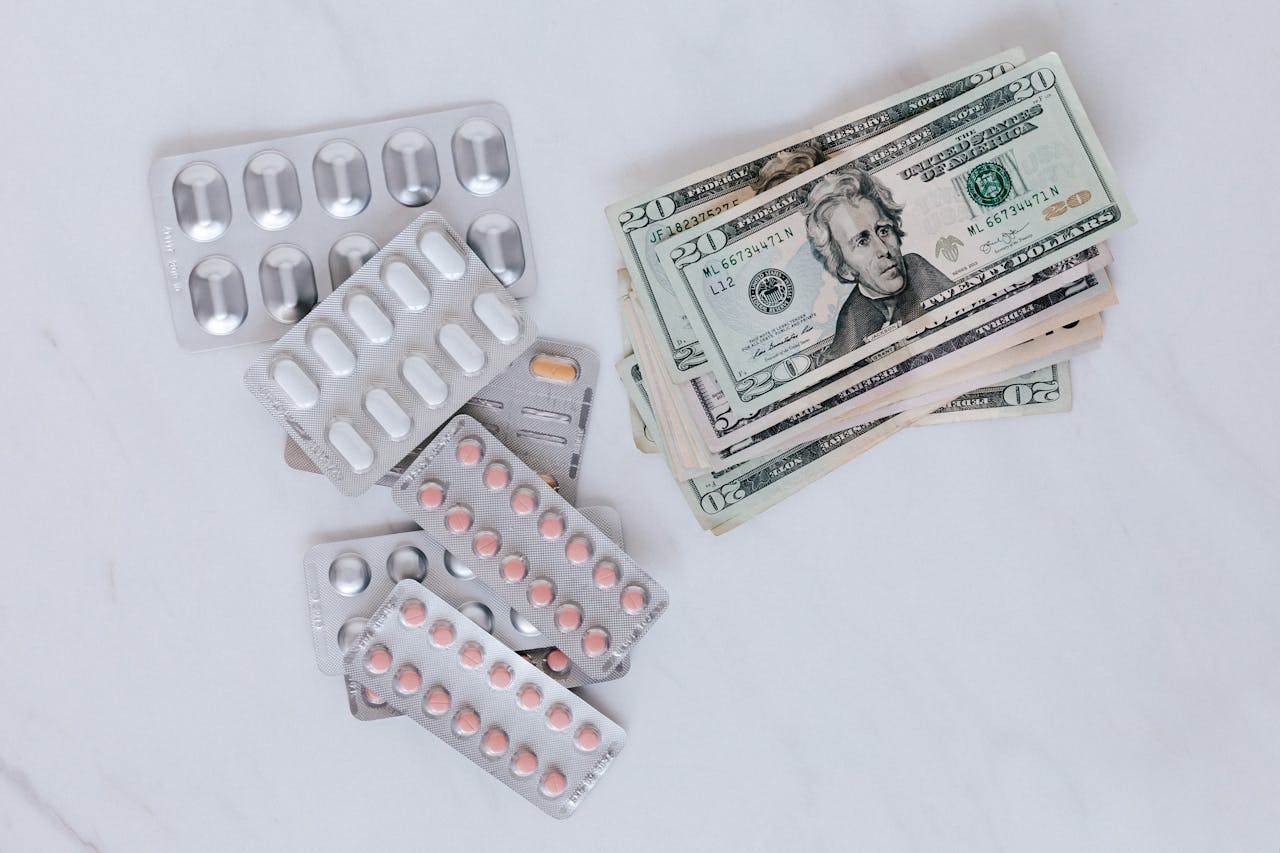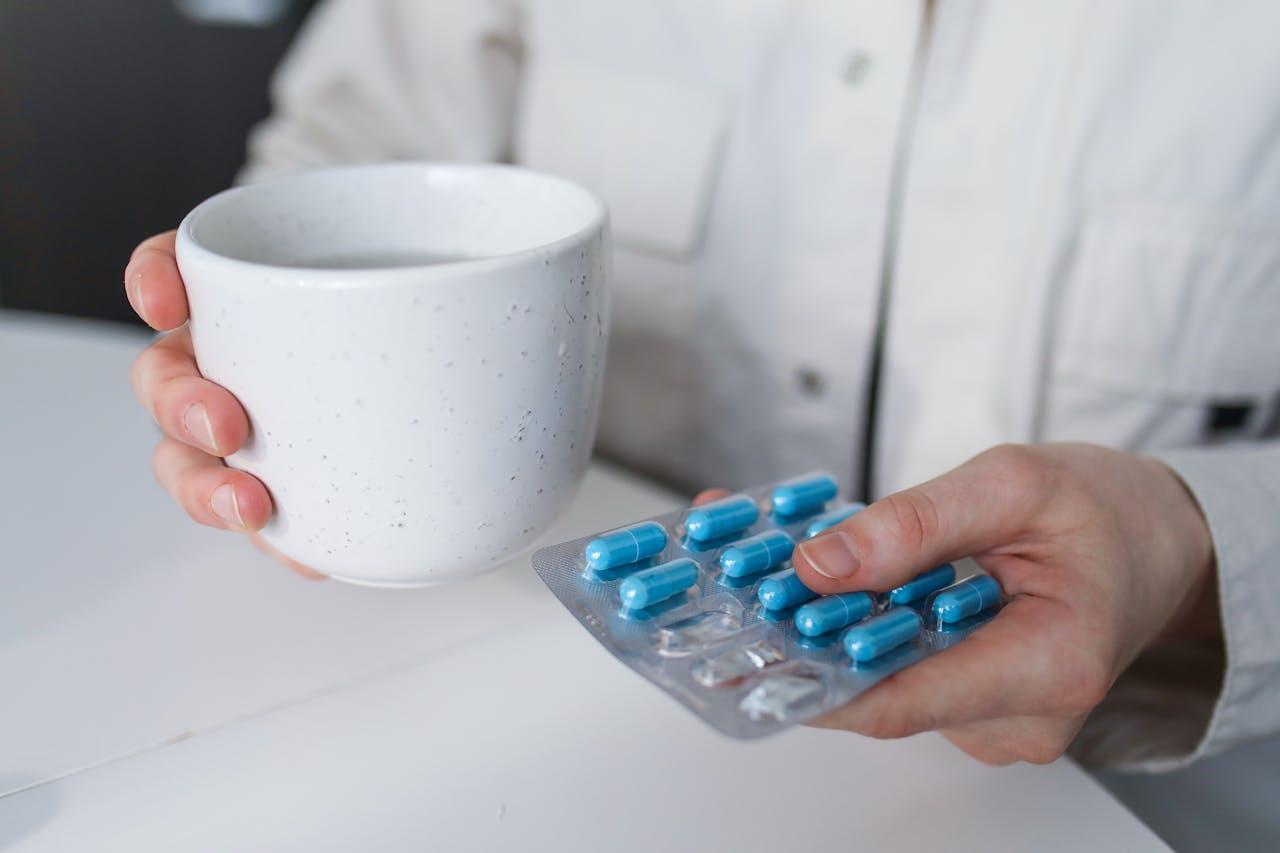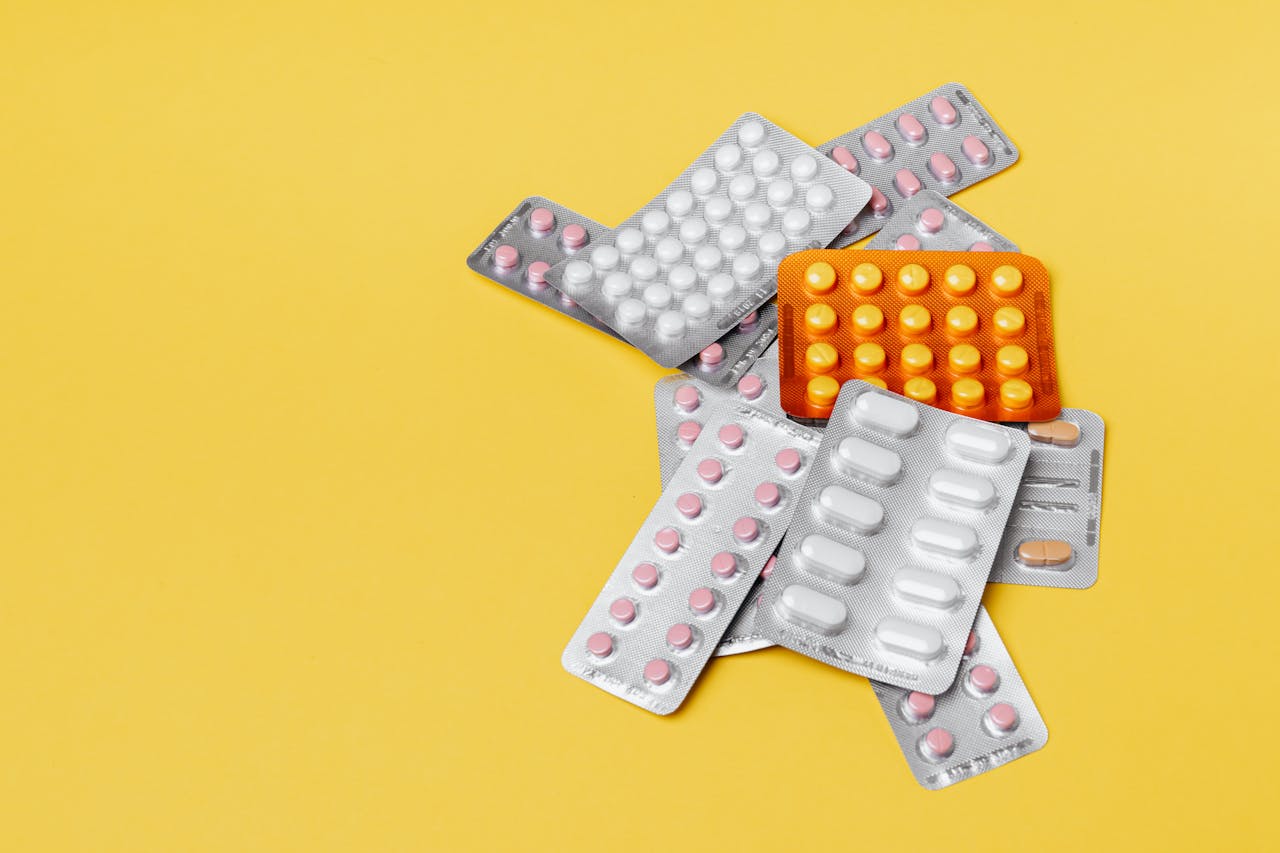One of the options that the United States is considering for lowering drug costs is through direct-to-consumer strategies such as online marketplaces. These can bypass insurance plans and offer patients the chance to receive the medications they need for conditions like asthma or high cholesterol. Discover more about online marketplaces and what they can offer.
What Are the Benefits of Online Marketplaces?
- Online marketplaces for prescription medications offer the chance to increase competition and improve transparency. You can get a clear sense of what a drug costs, giving you the opportunity to find the lowest price available. Patients being able to see how different companies price medications incentivizes businesses to lower rates.
- If you’re able to find the lowest costs and afford your medications consistently, your healthcare costs can decrease overall. You may not need emergency services as much as you would and could even avoid the development of further connected health issues. This relieves the strain on your finances as well as on the entire healthcare system, which is always overburdened.
- Online marketplaces also allow people who don’t have insurance to get healthcare equity. Everyone should be able to receive appropriate medical assistance, but that’s not always the case. By removing the need for insurance while still maintaining affordable rates, an online marketplace could potentially offer the help lower-income patients need.
- Online marketplaces can help reduce rates by also cutting out the middlemen. You would be able to bypass pharmacy benefit managers (PBMs) as well as insurers. This could make everything from generic to brand medications more affordable.
- You could have more options, too, for the treatment of some conditions. For instance, you would not have to worry about insurance formularies and whether the exact medication you need is offered or not.
Are There Potential Drawbacks?
- Online marketplaces and other direct-to-consumer options for prescription drugs can mean higher out-of-pocket costs at the start. In the end, you often end up paying less than if you continued to receive medications from your insurer, but some patients may not be able to afford those higher out-of-pocket costs.
- Additionally, many of the medications that you could need might not be available through online pharmacies and other similar online options. This could make receiving the exact care you’re seeking more complex and might even result in unintended medication interactions if your option is for a similar but not identical drug to the one you’re used to taking.
- Safety concerns are another potential issue. Regulations for online marketplaces could be more lax, which could mean being exposed to unsafe or subpar medications unless there is regulatory vigilance. Quality control is essential, but that may still be lacking.
- As with any online business, data breaches and privacy issues are potential problems to consider as well. These need to be further addressed to make the process of purchasing prescription medications safer for everyone.
- There is also a worry that pharmaceutical companies may not feel incentivized to create new medications because they might not make their investments back. This could stifle innovation.
Get Affordable Access to Prescription Medications
Simplefill is a full-service prescription assistance company that researches, qualifies, and maintains patients’ enrollment in all sources of assistance available to them.
Apply today by calling 877-386-0206. A caring Simplefill representative will contact you within 24 hours to discuss your application and, if qualified, enroll you in the program.
Frequently Asked Questions
Do Online Marketplaces Still Require Prescriptions?
Yes, if you need to purchase a medication, you will need to have a valid prescription from your doctor. Most online pharmacies will have ways of verifying the validity of the prescription with a simple process through their website.
What Other Options Do I Have to Lower My Prescription Costs?
Discount cards can help you obtain medications at affordable rates, and there may be government programs, too, for lower-income consumers. Patient assistance programs, on the other hand, help you find the discounted rates you need and do the work of applying for them on your behalf, giving you the best chance of obtaining lower prices.
Why Are Drug Prices So High in the Country?
Drug prices are not regulated in the United States, so pharmaceutical companies have the right to charge whatever they want for the products they make, which is a problem for consumers. There are also middlemen, such as pharmacy benefit managers, who can influence rates, and many pharmaceutical companies go out of their way to prevent the manufacture of generic medications, even suing those who attempt to do so.









